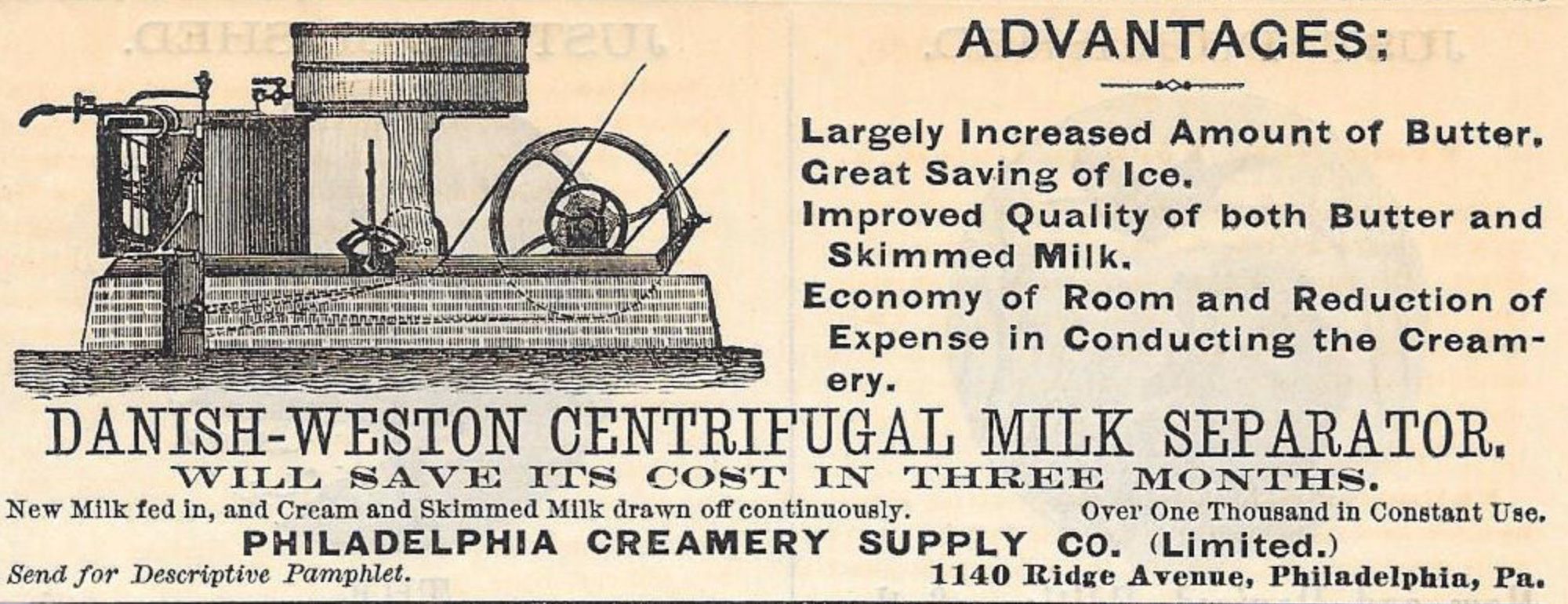From Chicago Booth's ProMarket blog:
For most people the idea of
landed elites conjures up images of aristocrats sipping tea while
enjoying the proceeds of the labors of the peasants on their land. New
research on Denmark suggests, however, a quite different story—one in
which these elites in fact played a crucial role for development, and
ultimately enabled the empowerment of the peasant class through
agricultural cooperation.
In a lighthearted manner, Francis
Fukuyama once described the issue facing developing countries as the
problem of “getting to Denmark,” a metaphor for a society characterized
by wealth, the rule of law, good governance, and related virtues. More
recently, senator Bernie Sanders declared in the 2016 presidential
primaries that “we should look at countries like Denmark,” and even
president Donald Trump was recently reported to be in favor of more
Scandinavian (specifically Norwegian in this case) immigration. Outside
the world of politics, Denmark is perhaps best known for the concept of
“hygge” (portrayed as a sort of cozy candlelit sense of security and
happiness), and for often being at the top of the list of the world’s
happiest countries. But if we all want to get to Denmark, we might
wonder how Denmark actually got to Denmark?
For economists and historians, the answer
has much to do with a rapid modernization of agriculture a century and a
half ago, when peasant producers captured an important share of export
markets, making them rich and giving them increased political power to
boot.
Today Danish agricultural products can be found all over the world, and Denmark’s current status as an “agricultural superpower,”
dominated by massive firms such as Arla (a dairy cooperative), is often
traced back to developments in the late nineteenth century. At that
time a modern dairy industry based on a new technology, the
steam-powered automatic cream separator, made it possible to use milk
which had been transported over long distances to be processed in a
central production facility, and voluntary associations of Danish
peasants, the cooperatives, sprang up to take advantage of this
possibility. Within a decade hundreds of cooperative creameries had
spread throughout the whole country. In fact, immigrant Danes also
played an important role for modernizing North American dairying,
bringing the first automatic cream separators to the United States and
Canada, and setting up cooperatives (not completely incidentally, the
modern cooperative Land O’Lakes had a plant in Denmark, Wisconsin, until
2014).

Massive increases in productivity
followed, production boomed, Denmark captured a large share of the
important UK market for butter and other agricultural products, and
witnessed rapid economic catch-up with the leading economies of the day,
as traditional suppliers of agricultural goods such as Ireland and the
Netherlands lost market share.
This Danish success is usually set within
the context of the American “grain invasion” from the 1870s, when cheap
exports of American grain flooded Europe, promoting a backlash of
protectionism. Denmark, like the United Kingdom, chose to remain open,
however, using the cheap grain as fodder for increased animal
production. Thus, modern Denmark emerged based on a democratic,
cooperative, and liberal countryside, providing something of a role
model to other agricultural countries around the world. It also achieved
this in just a few years. The following map illustrates the speed with
which the cooperatives spread, and plots the location of the cooperative
creameries in 1890, just eight years after the establishment of the
first....MORE
